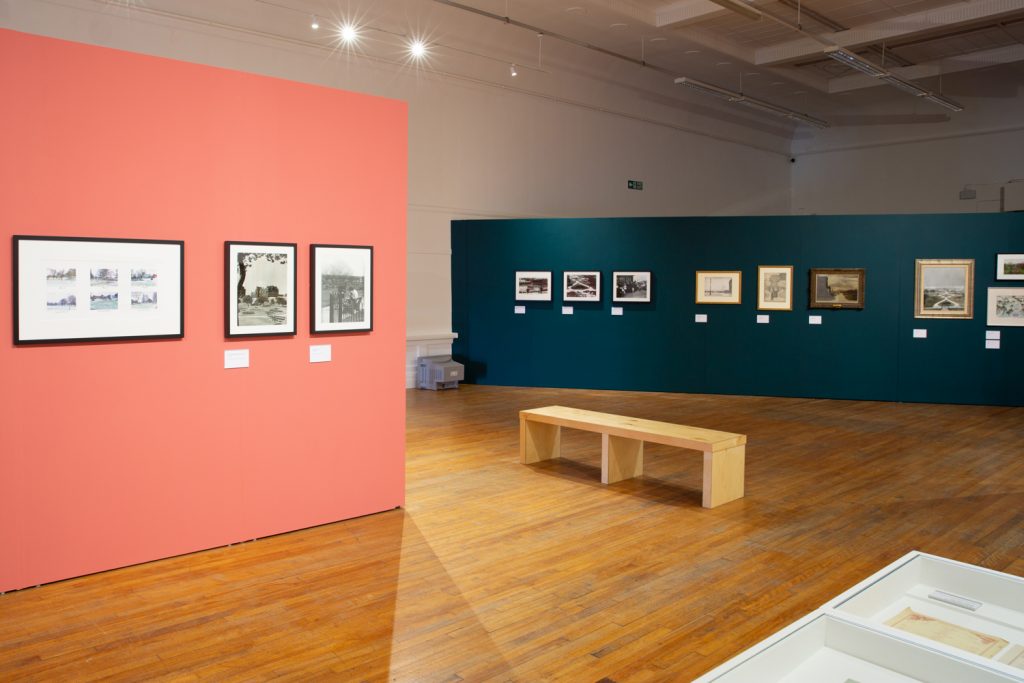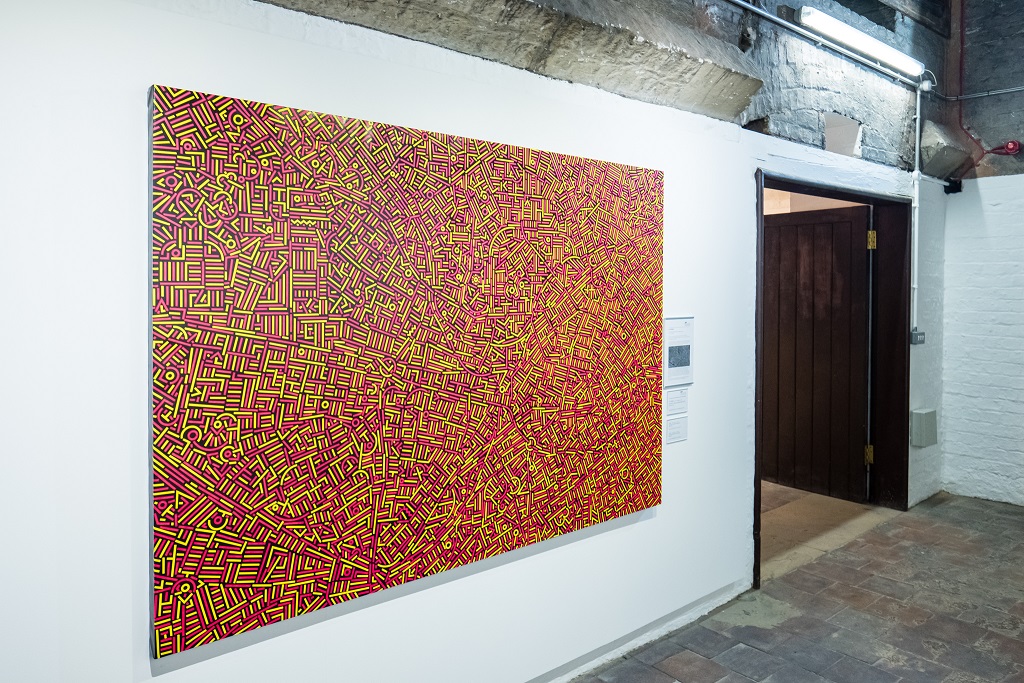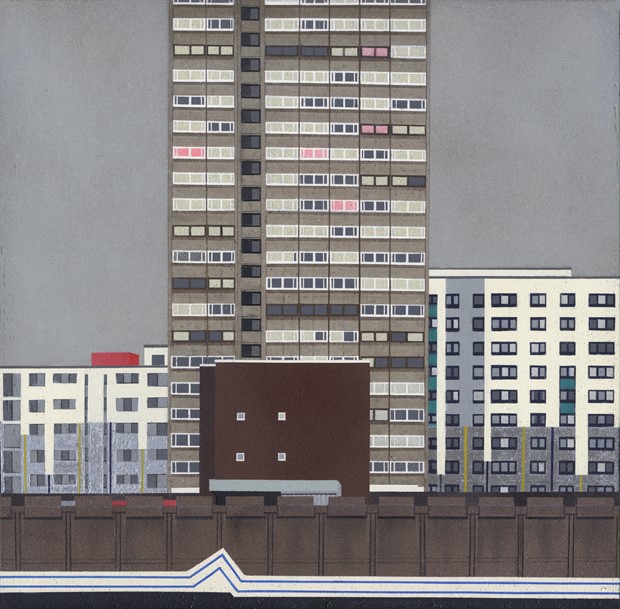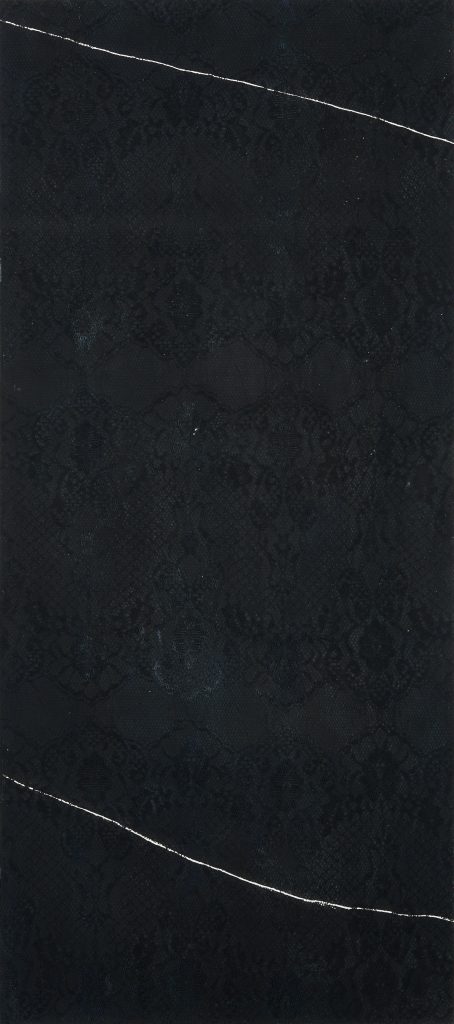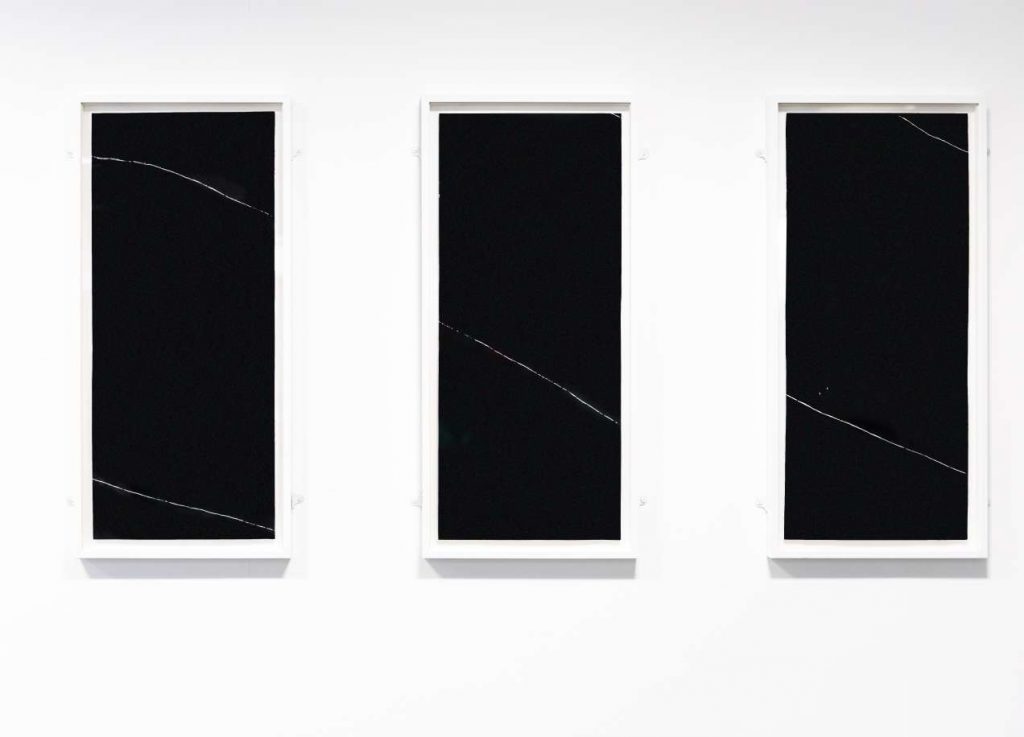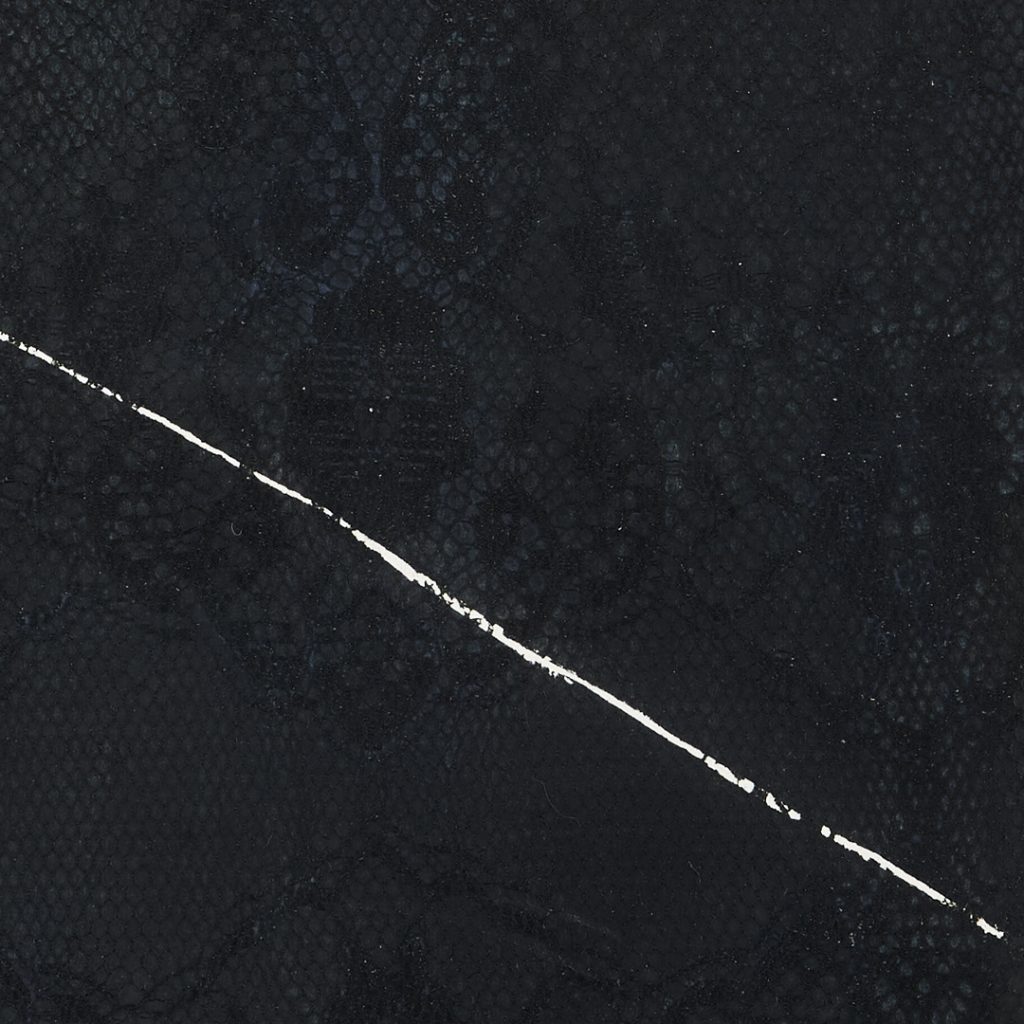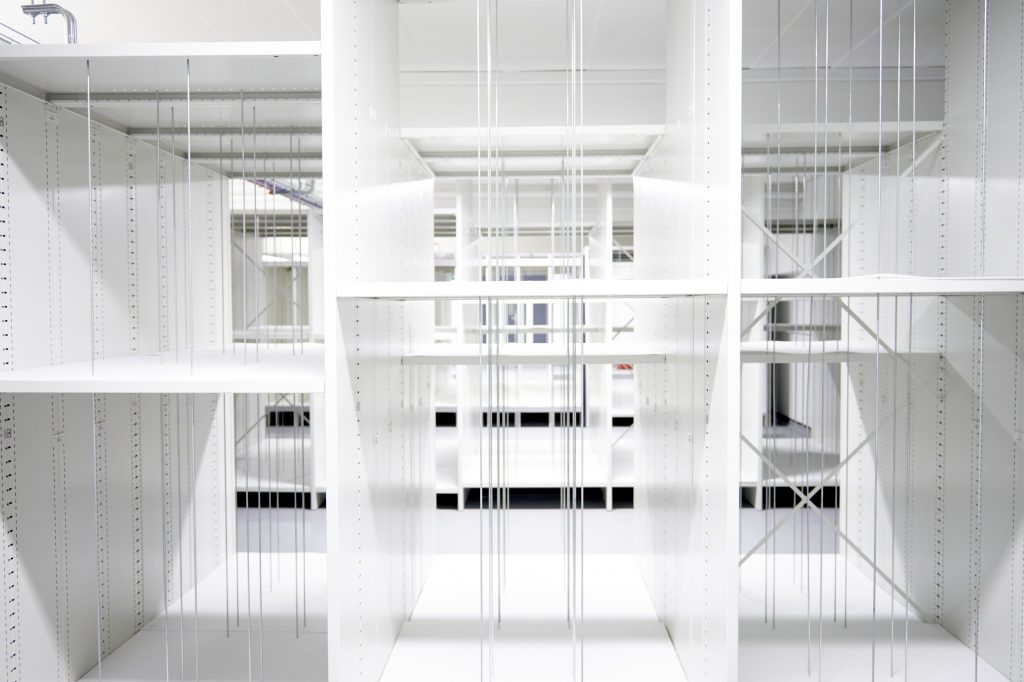Launching today: visit the beta version of our new online catalogue
We are proud to announce today that after an ongoing programme of digitisation, our online catalogue launches today in beta mode, ready to be browsed and explored – click here to visit.
Our new digital catalogue makes the work in our collection more accessible, useful, and enjoyable for all. The catalogue provides new ways of exploring the work in the collection, allowing you to search directly, browse by medium and collecting strand, and offers selected curations – as well as enjoying a randomly generated selection on the homepage.
Starting with over two hundred entries, the catalogue will be added to and expanded over the coming months, seeing additional artworks and information added, special curations, additional keyword search functionality, and more.
We hope that this new platform increases access to the work in the university collection beyond what has previously been capable, and with this increase, we hope to hear your thoughts and feedback not only about the catalogue itself, but the artworks within the collection, the connections and links between them, and the work we do as a collection team.
Assistant Curator, Stephanie Fletcher, said: “The University art collection exists as a catalyst: for enriching student experience, supporting artist and sector development, piloting cross-discipline collaborations, and working closely with key industry partners – as well as being a resource for enjoyment and inspiration for all. Our work reaches audiences through a range of events, exhibitions, residencies, live projects and more – this online catalogue enables us to broaden and deepen that reach, especially as part of our increased digital offer. We welcome enquiries about potential new collaborations, research, and engagement opportunities”.
Making this new catalogue available for all has been an ongoing project that would not have been made possible without the hard work of freelance Digital Content & Engagement Officer Alistair Small & Art Collection team Graduate Associate Rowan Pritchard; with additional special thanks to: University of Salford Web Manager Mark Sanders, Student Project Assistant Yanxi Wu, Simon Critchley from Museum Photography North West, our partners at Open Eye Gallery, and further University colleagues.
Any feedback? We’d love to hear your thoughts about the new catalogue. Email us here: artcollection.salford.ac.uk or find us on social media.
First feature: Albert Adams
In coming months we’ll feature highlights and themed curations from the catalogue. We launch with a focus on the Albert Adams special collection, to coincide with Albert Adams: In Context and online, half-day symposium taking place on the 9th of March, 1-5pm. The University holds a significant collection of prints, paintings and studio objects by the South African Expressionist, and this study day allows us to shine a light on the little-known artist, and the significance and legacy of his work. You can browse Albert Adams’ work on the digital catalogue under the ‘Special Collection’ page; the high-quality images allowing an up-close look at the intricacy of his work for the first time.
Coming soon: new art store facility on campus
Coinciding with the digitisation project, the team have also been busy behind the scenes moving the Collection to a brand-new industry-standard artwork storage facility on Peel Park campus. The space brings together the entire collection in one place alongside associated archives, resources, equipment and other materials. A new visitor workspace will allow students, staff and researchers to work more closely with the collection and will be open for bookable visits from late Spring.
Alongside, and as part of the digitisation programme and new store move, the team have also appointed Gwen Riley Jones as Artist-In-Residence for a year with the collection (in partnership with Open Eye Gallery). Gwen will be using socially engaged practice to engage local young people in conversations around art, culture, history, identity and society, using the Collection as inspiration. Read more about Gwen’s work here.
Associate Chief Operating Officer, John McCarthy, said: “The opportunity over the last year to create a single location for our collection, rather than a number of disparate stores across the campus, has allowed us to not only create a space that allows staff, students and visitors to enjoy our collection but it has presented an opportunity to create a dedicated space for workshops about our collection and much more.
“We have also taken the opportunity as we relocated the work to begin a major digitization of our collection allowing us to share with a wider public for their interest and enjoyment.”

